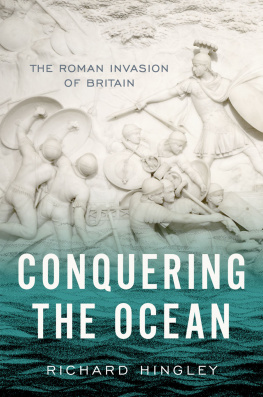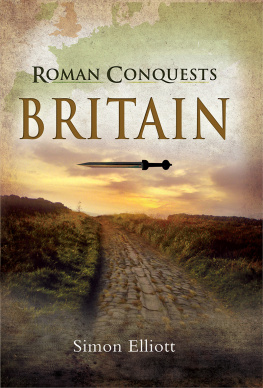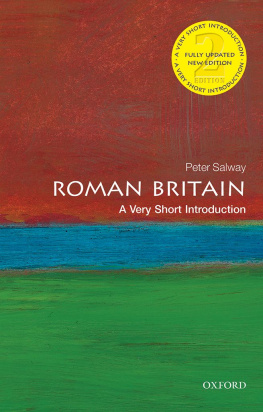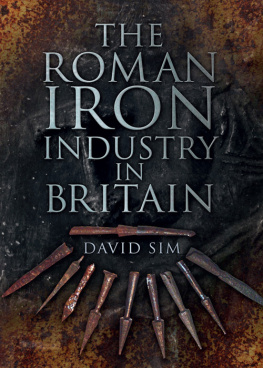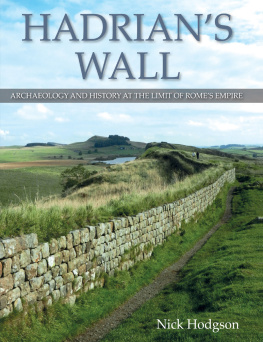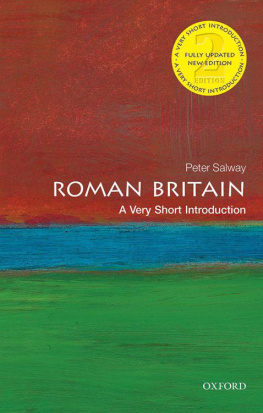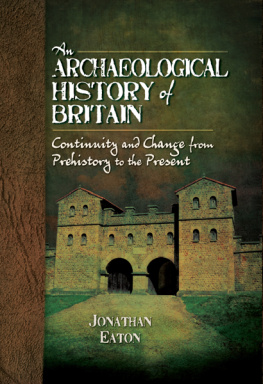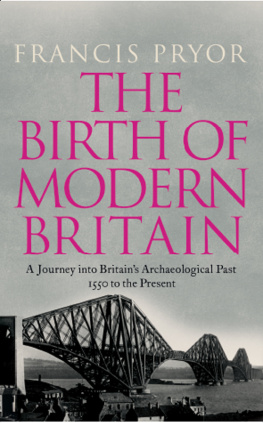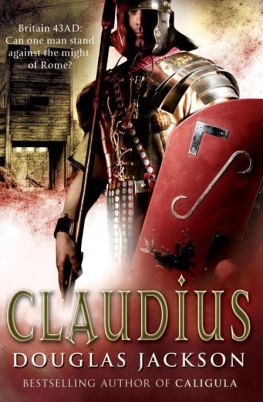First published in Great Britain in 2013 by
Pen & Sword Archaeology
an imprint of
Pen & Sword Books Ltd
47 Church Street
Barnsley
South Yorkshire
S70 2AS
Copyright Birgitta Hoffmann 2013
HARDBACK ISBN: 978-1-84884-097-3
PDF ISBN: 978-1-47383-089-9
EPUB ISBN: 978-1-47382-684-7
PRC ISBN: 978-1-47382-640-3
The right of Birgitta Hoffmann to be identified as Author of this Work
has been asserted by her in accordance with the Copyright, Designs and
Patents Act 1988.
A CIP catalogue record for this book is available from the British Library.
All rights reserved. No part of this book may be reproduced or transmitted in
any form or by any means, electronic or mechanical including photocopying,
recording or by any information storage and retrieval system, without
permission from the Publisher in writing.
Typeset in 11pt Ehrhardt by
Mac Style, Beverley, E. Yorkshire
Printed and bound in the UK by CPI Group (UK) Ltd, Croydon, CRO 4YY
Pen & Sword Books Ltd incorporates the imprints of Pen & Sword
Archaeology, Atlas, Aviation, Battleground, Discovery, Family History,
History, Maritime, Military, Naval, Politics, Railways, Select, Social History,
Transport, True Crime, and Claymore Press, Frontline Books, Leo Cooper,
Praetorian Press, Remember When, Seaforth Publishing and Wharncliffe.
For a complete list of Pen & Sword titles please contact
PEN & SWORD BOOKS LIMITED
47 Church Street, Barnsley, South Yorkshire, S70 2AS, England
E-mail:
Website: www.pen-and-sword.co.uk
Contents
List of Illustrations
Preface
T his book began its life during a lengthy after dinner discussion with various international scholars at the Roman Army School in Durham in 2007 and was actually finished thanks to the persistence of Philip Sidnell, who proved to be one of the most patient and understanding editors, despite some very unexpected curve balls. My sincere thanks to him and to Karen Selley, his colleague, for their efforts.
Many of the points raised in this book are the result of numerous discussions with friends and colleagues in Britain (especially at the University of Liverpool, the Roman Army School and the Roman Northern Frontier Seminar), and at numerous other occasions with friends and colleagues from Germany, the Netherlands, Ireland (especially at UCD and Trinity College) and the United States. There were so many of you, I fear I cant thank you all in person. But wherever you are many thanks for your time and the ability to find me that last interesting reference, just when I was despairing or thought I was done. Special thanks also to Jo Fenton, who read through earlier drafts of many chapters in search of the numerous grammar and spelling blunders that I tend to leave in my manuscripts.
Particular thanks to David Breeze, James Ellis Jones, Jorit Wintjes, Adam Parker and Eberhard Sauer, who took a lot of time despite being busy, to comment on earlier drafts of this book and helped with suggestions and permissions for pictures and maps. I really enjoyed your help and the ensuing discussions, and I apologize for all the times I kept you awake well beyond everybody elses bedtime. Any mistakes that remain are utterly my own; you did your best.
My thanks go to my family. Who despite numerous family disasters of various kinds, always came through in the end. Thanks for believing in me, when I was ready to pack it all in; especially to you, David.
Introduction
A t the beginning of the twentieth century the Camden Professor of Ancient History, Francis Haverfield, was compiling evidence for a history of Roman Britain. As a classicist and ancient historian he was well versed in the Greek and Latin ancient sources; on the other hand the increasing amount of archaeological data from excavations in Scotland, Hadrians Wall, Wales, but also the numerous finds of Roman material from London or the villa sites in the south of England lacked chronological order beyond the information available through the finds of coins and the few inscriptions naming Emperors recovered at the site.
He decided that the literary sources and their accounts could provide, at the time, the most reliable chronological framework for the study of Roman Britain. Thus a collection of relevant historical texts was created, a handlist. This is the basis even today of our understanding of the history of Roman Britain, and it is small wonder that its current (expanded) reincarnations such as Stanley Irelands much reprinted Roman Britain: A Sourcebook (2008) can be found on the shelves of most Romano-British archaeologists.
Many, but by no means all of these sources were written by Romans (or at least holders of Roman citizenship), who came from the Mediterranean world, having grown up in various provinces, before pursuing careers in the centre of power, Rome itself, either as politicians, or as writers patronized by politicians and Emperors. Relatively few of them offer irrefutable evidence for first-hand knowledge of the British Isles, and none have a claim to Britain as their home. Consequently the reason their writings mentioned Britain could be many and various, but frequently were not derived from a need to satisfy ethnographical or topographical curiosity. More commonly Britain was the stage on which events important to the Central Government took place. If the interest of the Central Government shifted, the focus shifted and Britain could drop off the historical radar of the Mediterranean historians for long periods.
It is possible that the above picture is exaggerated. After all the writers that we have available today are not the sum total of the literature accessible at the time, but probably only a small percentage of the accounts and writings that may have been around. A new source, whether epigraphic, literary or even numismatical (not to speak of the archaeological evidence, which has slightly different problems) has the power to completely change our perception of events and as such suggests caution in trusting the statements of any one source too implicitly.
Since the first handlist of historical sources was compiled, Romano-British archaeology has tried to expand its knowledge base in all directions and the material that is today available to scholars is infinitely richer than anything that Haverfield could have hoped to analyze. We have, for most of the island, sequences of pottery that create a historical backbone independent (or nearly so) of the historical sources. These sequences allow us to write an account of the Roman period for areas such as Yorkshire, that received little mention by Roman writers; in fact in the early 1990s Martin Millett argued for the irrelevance of much of the written record for the history of Roman Britain (1990).
In the end, however, a coin is just a coin and a pot sherd is just a pot sherd. To advance from a catalogue of archaeological material found at a site and the dimensions of a building excavated, to an account of what we think it was like to live in Roman Britain at point x in time, is a matter of interpretation, and thus dependent on the context in which the archaeologist/historian operates. Archaeological interpretation reflects our own experiences and expectations, often without us realizing it. This is why students today spend a substantial part of their time at university learning archaeological theory a frequently little loved, but very important aspect of their skills, which (hopefully) informs them about the origins of some of the interpretations they learn and the various levels of reliability of interpretation, as well as some basic concepts of logical deduction. One of the most valuable lessons they can take away from these courses is the realization that with regard to the past, the use of the term truth as a fixed value may be ultimately unachievable. The amount of material recovered, which is usually considered to be between one per cent and 0.1 per cent of what was originally there, makes it unlikely to ever get to the bottom of what really happened at any given time in Roman Britain in this respect archaeology and modern forensics have very different expectations. The best any researcher can hope for in reconstructing the past is a valid interpretation. The difference is easy and important. Truth is what computer people call binary it either is or it isnt. A valid statement by contrast is any statement that takes account of all pieces of evidence as they are known at the time.


